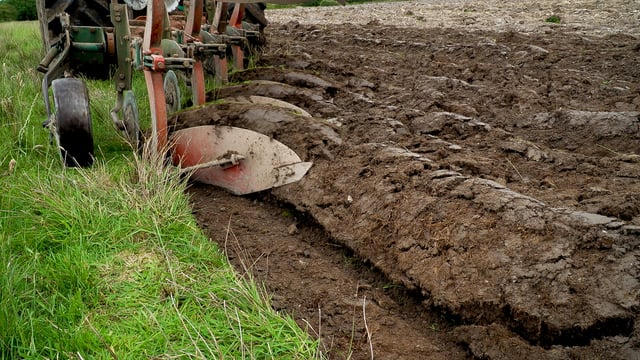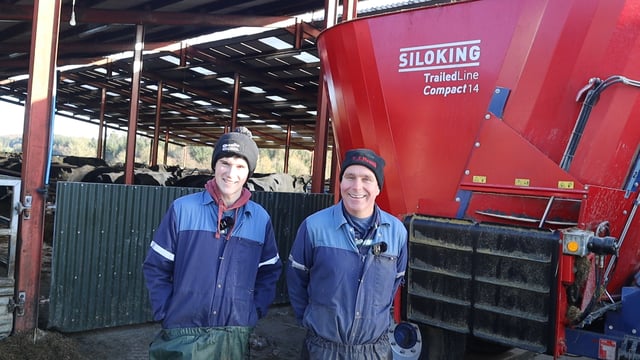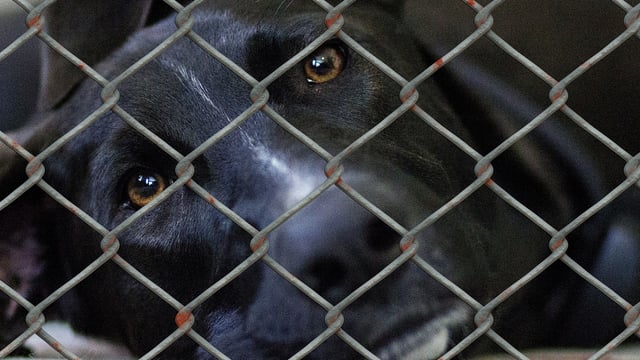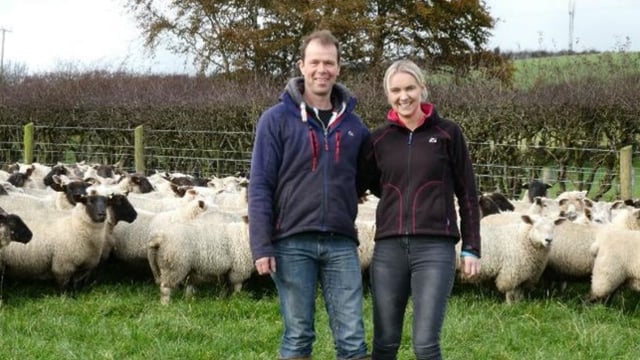The implications of NAP banding on Irish dairy farms
Under the current proposed Nitrates Action Programme (NAP), dairy farmers may see the introduction of banding.
Currently the excretion rate for all dairy cows is 89kg of organic nitrogen (N)/cow. But under the proposed NAP revisions, higher yielding cows will be given a higher level of N excretion due to their larger feed intake requirements.
The bands will be based on milk yield replacing the current 89kg of organic N/cow.
The Department of Agriculture Food and Marine (DAFM) is consulting the industry on the establishment of three tiers of excretion band.
| Bands | Milk yields | Excretion rate |
|---|---|---|
| Band 1 | < 4,500 kg of milk | 80kg Organic N/cow |
| Band 2 | 4,500-6,500 kg of milk | 92kg Organic N/cow |
| Band 3 | >6,500 kg of milk | 106kg Organic N/cow |
Source: DAFM
The NAP came into operation in 2006. It was developed to improve dairy farm sustainability, while also preventing pollution of water course and protecting air quality.
The vast majority of Irish dairy farmers have been supportive of these targets and have adopted practices to reduce environmental impacts on their farms.
The proposed bands
A group of researchers has outlined the implications of this proposed banding for Irish dairy farmers.
The group included:
According the group, if implemented, the maximum stocking rate in 'Band 3' would be reduced by 19.1% (assuming the farmer can’t rent or buy land).
In 'Band 1' the maximum allowable stocking rate could increase by 11.3%. This would appear to contradict the 'no backsliding' principle that will link Ireland’s Common Agricultural Policy Strategic Plan (CSP) with environmental and climate legislation, according to the UCD and Devenish represenatives.
The feed efficiency on a solid yield basis is greatest for cows in 'Band 3' with a 38% advantage over cows in 'Band 1' in terms of milk solids (ms) per kg of dry matter intake (DMI).
Cows in 'Band 3' have a 23% lower greenhouse gas (GHG) intensity (CO2e/kg of milk solids) than the lower yielding cows in 'Band 1'.
| Band 1 | Band 2 | Band 3 | |
|---|---|---|---|
| Milk Output | |||
| Milk Yield (kg)1 | 3,714 | 5,428 | 7,155 |
| Milk Solids (kg)1 | 278 | 411 | 533 |
| Production Efficiency | |||
| Milk Solids kg/t DMI | 66 | 82 | 91 |
| Greenhouse Gas Emission | |||
| GHG Emission per dairy cow (t CO2e/cow) | 4.64 | 5.46 | 6.82 |
| GHG Intensity (kg CO2e/kg Milk Solids) | 16.7 | 13.3 | 12.8 |
Source: Derived from The Impact of Nitrogen Management
Strategies within Grass Based Systems (Teagasc).
Banding
The grouping stated: "The current NAP proposals penalise higher yielding systems and could actually decrease overall environmental efficiency, hampering the ability to attain national greenhouse gas [GHG] emission targets.
"E.g. systems operating close to the band thresholds could potentially oscillate between bands from one year to the next, due to variables such as weather conditions, replacement rates and parity structure of the herd.
"Consequently, at least a mechanism is required to taper the nitrate excretion factors between one band and the next, to avoid cliff-edge points that adversely impact on farm management.
"Further social and economic analysis of the proposals is warranted given their potentially profound impacts on dairy farming families," the trio added.











